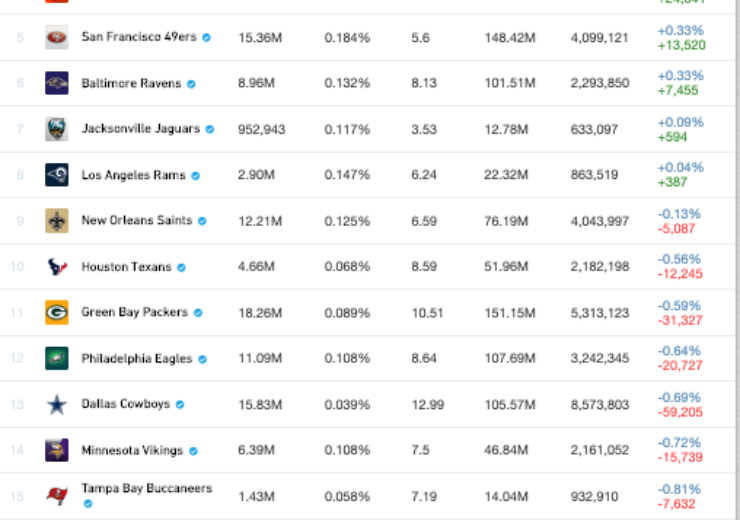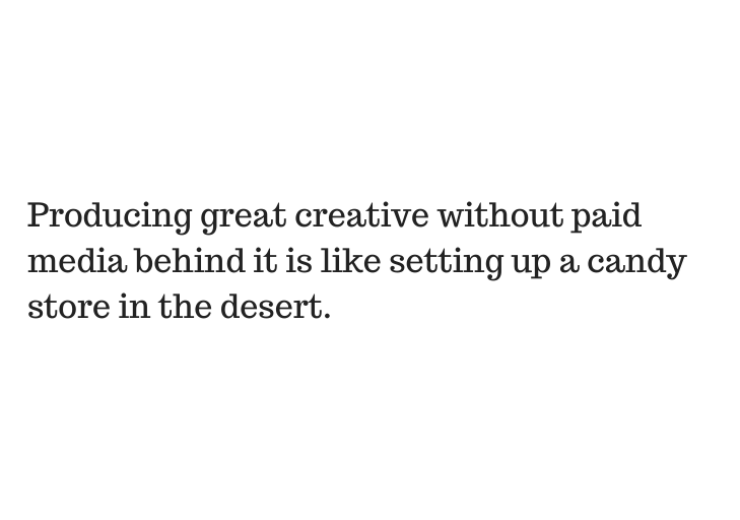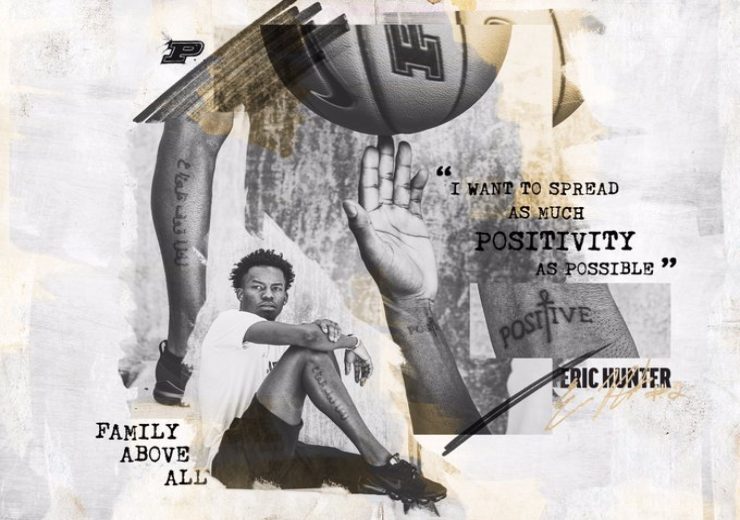In social media, there are no hard fast rules. How could a rulebook be written for an industry that is continuously changing and evolving? It’s impossible.
But during this unprecedented time, the idea that there are no rules in social media is only heightened. This pandemic is something we’ve never experienced. All of our emotions, our reactions, our experiences are completely new at some level.
There is no way to know what consumers want from brands, teams and leagues right now. The best we can do is to test, try, listen and be thoughtful above all else.
Many weeks into this, I’ve reflected, analyzed and tried to understand what I’ve learned so far. Here’s a highlight of what I’ve taken away to date about social media and our work during this unprecedented time:
More Isn’t Always Better.
As soon as we entered quarantined, everyone turned to social and thought, “this is the only way for us to keep the lights on.” Social media was the answer for everything during this time. After all, if we’re all home and online, social channels are a great way to be heard right now.
The idea that more is better is one of the most significant social media myths of all time. And, this couldn’t be more true during the pandemic. There are a few reasons why this philosophy is problematic.
First, just because people are home 24-7 doesn’t mean they want more content. People are feeling all kinds of fatigue and anxiety. Bombarding them with more “stuff” to shift through isn’t ideal. Unless you have content that genuinely adds value, you are just adding more noise to the world.
Second, brands don’t need to be present 24 -7 to be relevant. And again, I don’t think people want that. Your audience isn’t sitting around waiting for you to tweet, post and TikTok. It’s okay to not be on all the time.
Pressure To Produce Is Not Productive.
Social media teams are facing an enormous amount of pressure to produce right now — and a lot of it stems from the idea that the more content we produce, the more we’ll be heard.
Teams feeling pressure to produce without understanding “why” is hugely detrimental. It puts them in a constant cycle of “deliver and survive.” Instead of focusing on work that is meaningful and will move the needle, teams end up merely trying to stay above water.
The pressure to produce is not productive. The daily churn distracts from meaningful work and makes it hard to dig into big ideas and to execute well.
Think about some of the best brands in the world. None of them have been built by publishing “stuff.” They were built because they had a sharp POV and added value to their audience.
The volume of output has never been a way to measure strong marketing. And, it’s a reminder to us all that publishing should never be a coping mechanism. We have to resist the urge to produce just to produce and focus on adding value, always.
Social Isn’t Everything To Everyone.
Just because social media is one of the “easier” ways to reach consumers right now does not mean the channels should be a dumping ground.
Social media serves a unique purpose, like all other communication channels. People hit follow on accounts for a reason — usually to be entertained and informed by brands and people they care about the most. They don’t hit follow to get stuff dumped on them.
When social media tries to be everything to everyone, the channels become diluted. We flood our audience with so much stuff they don’t care about that they end up tuning us out completely.
Even if social media seems like the easiest and most efficient way to reach people right now, doesn’t mean there won’t be ramifications if you start to spray and pray. People hold the ability to unfollow, and they will exercise that right.
Protect the platforms and community your teams have been. Even during this pandemic, your channels should serve a particular purpose.
Listening Is Key.
With social media, brands get instant feedback. There’s a massive benefit in that because we have a real-time case study on what works and what doesn’t.
Ignoring the numbers and feedback from your audience is never good — but it’s even more critical to listen now. Why? We’ve never been through anything like this before. Therefore, we have no case studies or proof points on what does and does not work.
Every brand, team and league made assumptions early on about what content people would like to see during this time. As this pandemic has gone on, we’ve been able to get feedback from our audience.
We must listen to the feedback we’re getting right now. Throw out the notion of a content calendar that is looking months ahead — the situation we’re living in is fluid, ever-evolving and changing. Our audience is going through fatigue, emotions and anxiety, so what they are looking to consume is changing and evolving.
Listen to your audience. Be adaptable and fluid. Test, try and learn. That’s the only way we’re going to deliver content that truly engages.
Things Can’t Be Forced.
Too often, brands look for a way into conversations they have nothing to do with — and this pandemic is no exception. Brands, teams and leagues have been looking for their place in the conversation and often, the result is a sea of sameness.
While I believe that consumers do like purpose-driven brands, I also think they can see through the phony. Action is purpose, not talking. We have to be careful during this time to understand our place and what value the brands we work for can provide.
Don’t force your way into the conversation with a half-baked idea. Know your place, know your purpose and focus on championing the ideas that really matter.
There are a lot more lessons from this pandemic, but for now, these are the ones that have stuck with me most. Now it’s your turn to sound off. What lessons have you learned during this unprecedented time?


